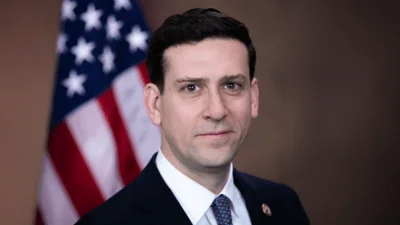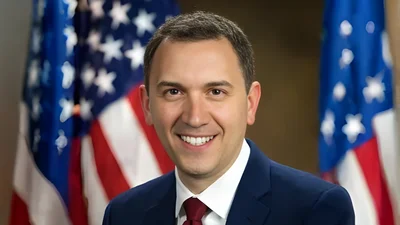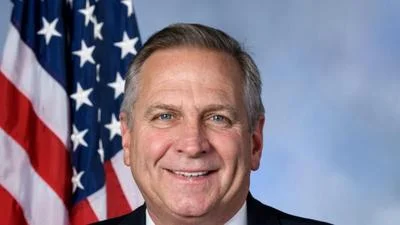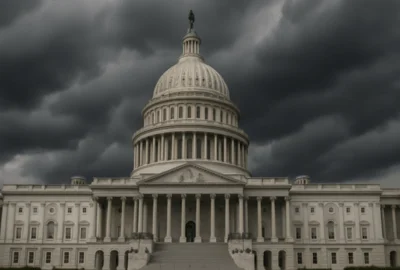Secretary Gary Locke American Chamber of Commerce in Japan luncheon, Tokyo, Japan Thank you for the kind words. And I want to thank the American Chamber for your hospitality in hosting this event.
I just met with Ambassador Roos. He told me about the tremendous effort the ACCJ has been making to ensure a successful outcome for the APEC meetings.
As one of the most influential organizations in Japan, your active engagement in APEC is critical to developing policies and programs that strengthen our economies and better the lives of our people.
We thank you, and look forward to your continued participation in APEC as the United States prepares to assume the chair in 2011.
It’s been a while since I was last in Japan. It’s a special privilege to be here now as Secretary of Commerce in the administration of America’s “first Pacific President.” Strengthening the ties that bind our nations has been a priority since President Obama took office. In fact, the first foreign leader he welcomed was the Prime Minister of Japan.
And for the first time in nearly 50 years, the first foreign trip by an American Secretary of State, Hillary Clinton, was to Asia, starting in Japan.
Like President Obama, who was born in Hawaii, I come from a Pacific Ocean-bound state, Washington, where I had the honor of serving as Governor for eight years.
And I saw up close how indispensable trade with Asia was to the well-being of my constituents. Washington is the most trade-dependent state in the nation and one in three jobs in the state is directly or indirectly related to trade.
In fact, it was pursuit of export opportunities for Washington companies that triggered my previous visit to Japan.
So when I took office as Secretary, in what I still call the other Washington, I was well aware of the strategic importance of Japan as a vital economic partner – and its key role as a force for peace and prosperity in the Asia Pacific.
And the trade numbers certainly bear this out. Last year, our bilateral trade totaled nearly $147 billion.
But just looking at this trade in dollars misses its real significance. When you get right down to it, trade between the United States, Japan and all of Asia is really about one thing.
Unlocking our full potential…The potential of our people…The potential of our businesses…And the potential we have to build a world that is safer and more prosperous for our children.
We can do this by creating an open investment and trade environment that allows businesses, entrepreneurs and policy makers to bring their respective strengths to the table and spur the type of innovation and economic growth that we could never achieve alone.
When we do that, we open up some amazing avenues for collaboration.
Like the partnership we've seen develop between Tesla Motors and Toyota, where the Toyota RAV4 will be combined with Tesla’s electric powertrain to create a cutting-edge electric vehicle for the US market by 2012.
Or look at the agreement that Bechtel and Taisei Corporation have formed to provide engineering and construction services for massive infrastructure projects in the Middle East, North Africa, Eastern Europe and other emerging markets.
You’ve got GE and Hitachi collaborating to build advanced light nuclear water reactors, and similar cooperation happening with Toshiba and Westinghouse.
In March of this year, the Japanese pharmaceutical firm Eisai signed a licensing agreement with the Brain Science Institute at Johns Hopkins University to develop small-molecule technology to treat diseases such as Alzheimer’s disease and stroke.
This is the type of cooperation that’s going to create new jobs. It’s going to discover cures for diseases and unlock new energy technologies. And ultimately, this collaboration is a big part of how we get the world economy back to full steam ahead.
And when countries get together at APEC, I think a simple barometer for success is whether or not our policies are making it easier or harder for our innovators to exchange ideas, to invest and to trade.
Because if what we're doing is going to make it harder for a Japanese inventor with a new solar panel design to get the capital she needs from America; if we’re making it harder for a Japanese scientist to get his new lifesaving medical device into U.S. hospitals, then we are doing the wrong thing.
Fortunately, the governments of the United States and Japan are doing a lot of things right in our trade relationship. And we have a lot of positive momentum to build on across a variety of sectors.
Recently, we had a very successful vaccine policy exchange with Japan’s Ministry of Health, Labor and Welfare this year, which we hope will serve as the foundation for future cooperation on vaccine issues.
Another industry where we’ve seen great progress is in the air services sector.
Japan and the U.S. recently signed an Open Skies agreement that will lead to additional flights to and from the United States, some from regional airports in Japan.
This expansion should facilitate both trade and tourism over the long term, leading to greater prosperity for both sides.
And I’m pleased to note that the longstanding relationship between the Commerce Department and the Ministry of Economy, Trade and Industry Ministry has contributed to a regulatory environment in which U.S. exporters are thriving.
The Ministry deserves much credit for reducing barriers to entry by hiring new examiners and creating more transparent reimbursement procedures.
Going forward, we’re working to renew the U.S.-Japan Economic Framework, which will provide a focal point for our countries to address issues of mutual concern.
Commerce Department agencies are also collaborating with their Government of Japan counterparts on several programs, including:
Source: U.S. Department of Commerce








